Oklahoma needs $25 billion to fix crumbling infrastructure. But the focus is on tax cuts
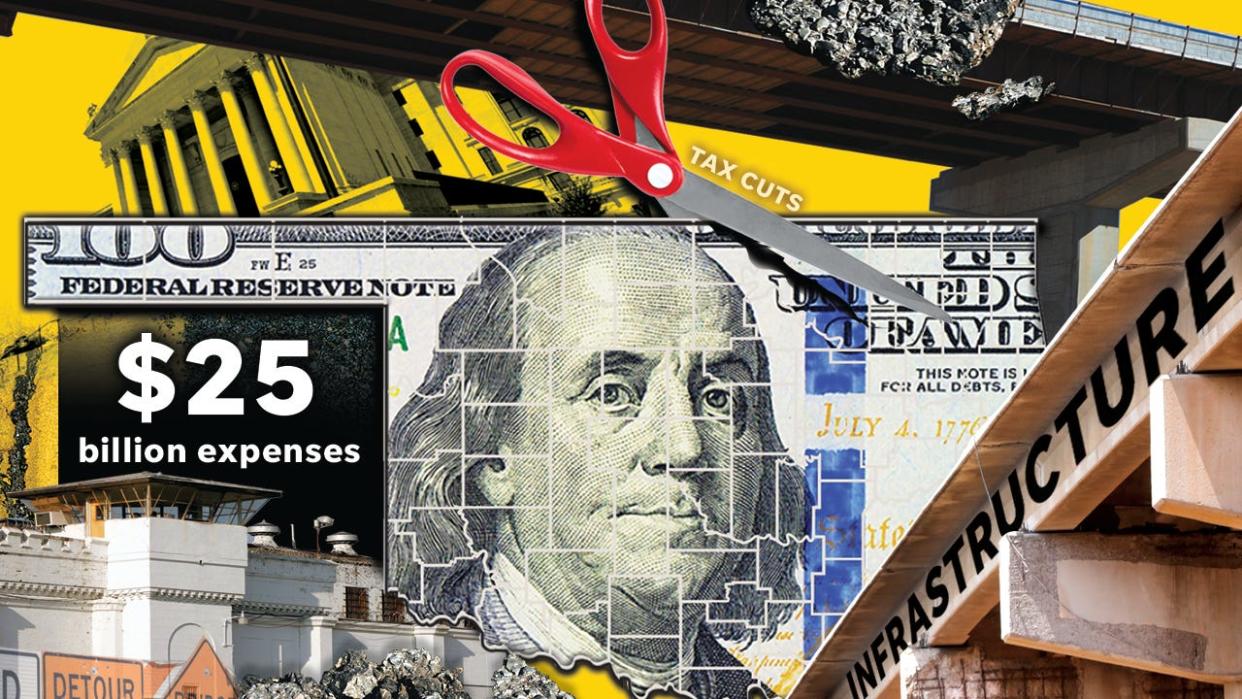
- Oops!Something went wrong.Please try again later.
At Shipley Hall at Northeastern Oklahoma A&M College in Miami, employees can’t properly heat and cool the building.
At the University of Oklahoma, delayed maintenance on the school's historic Bizzell Memorial Library already has reached the $11 million price range.
In Hominy the failing Dick Conner Correctional Center is at capacity and plagued with maintenance backlogs, mechanical problems and persistent violence. A new prison could cost $1 billion or more to house the state's increasing inmate population.
The millions, and billions, add up.
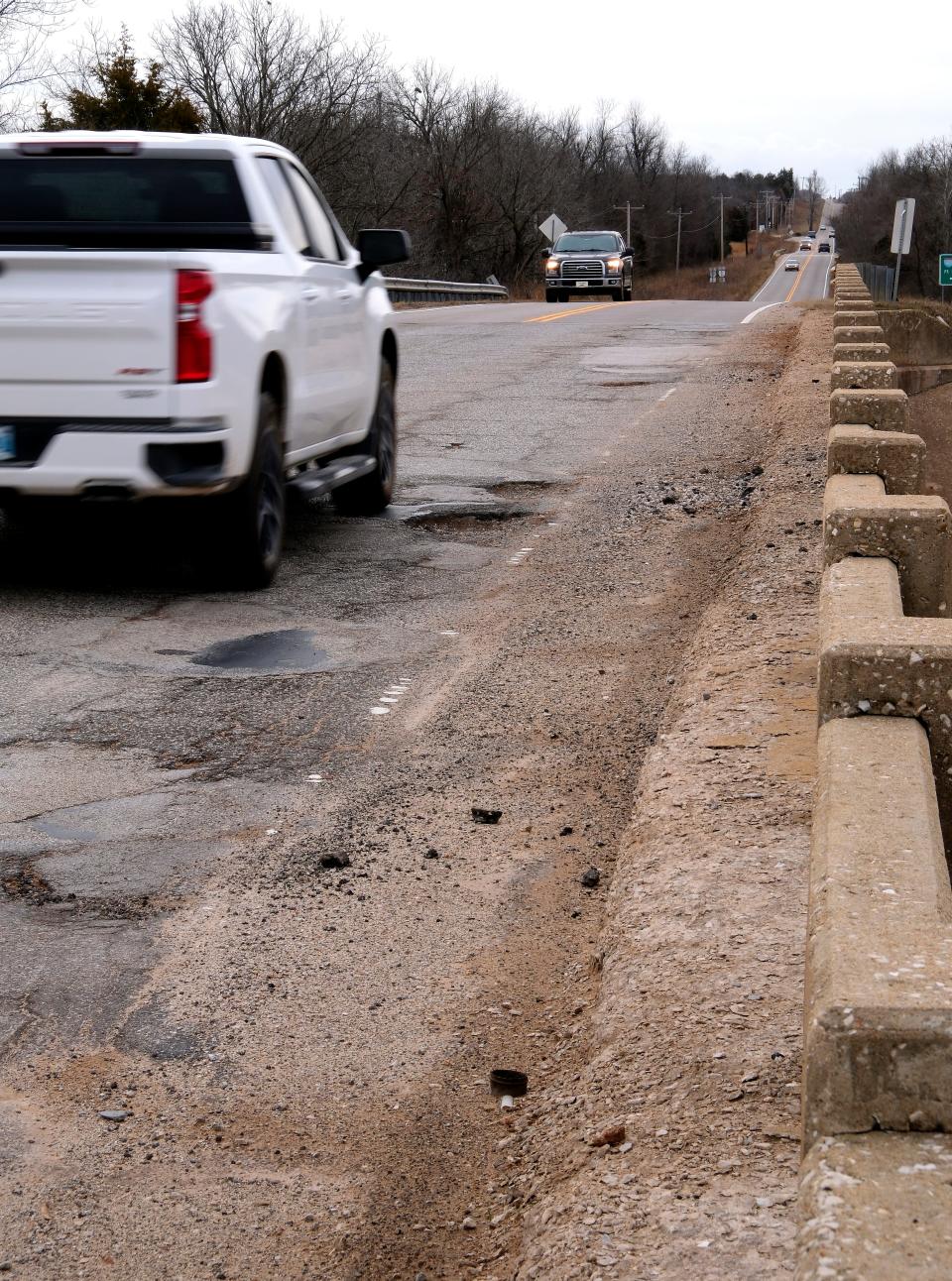
Across the state, records at just a handful of state agencies surveyed by The Oklahoman show more than $25 billion is needed to pay for deferred maintenance and failing infrastructure needs. The list includes highways, parks, prisons and colleges ― and that’s just enough to bring those facilities up to current standards.
As Gov. Kevin Stitt and House Speaker Charles McCall are focused on cutting taxes during the current legislative session, including the personal income tax, a growing list of the state's crumbling and neglected infrastructure has received barely a mention.
An investigation by The Oklahoman shows the poor condition of the state’s infrastructure goes back years and sometimes decades. Records show that lawmakers have been warned repeatedly about the consequences if they don’t act. The problems are popping up all over Oklahoma, especially in the state’s smaller towns and cities.
In rural Oklahoma there are 1,100 at-risk bridges that need about $12 billion in repairs.
More: Poll shows concern about tax cuts, dissatisfaction with schools
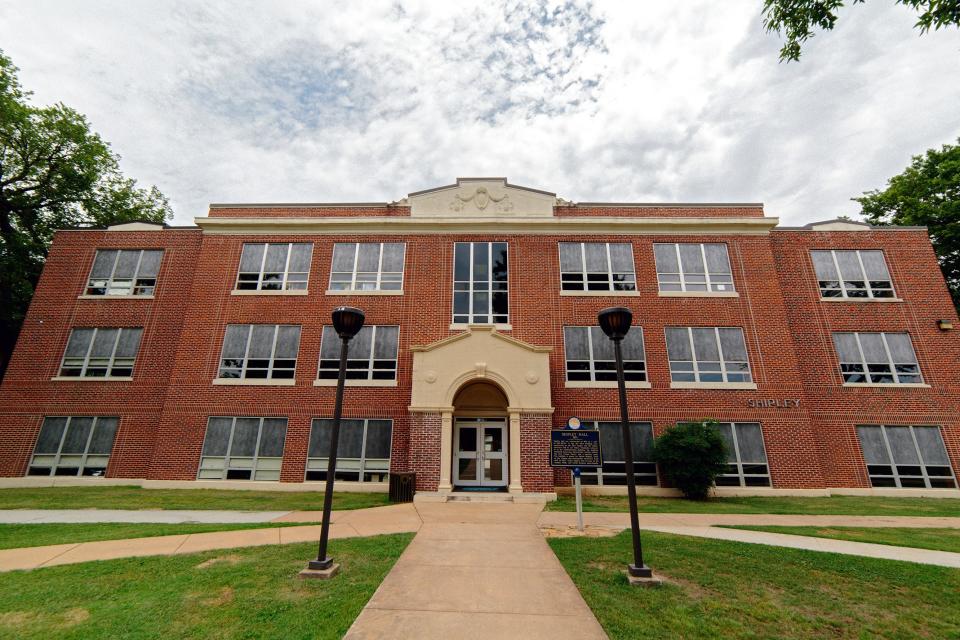
Shipley Hall, built in 1921, is not only the oldest building at Northeastern Oklahoma A&M College, it is the most utilized class space on campus. College officials have known for years the building's heating and cooling system is outdated, inefficient and in need of replacement.
NEO President Kyle Stafford estimates updating the building, the college's top deferred-maintenance priority, will cost about $4.6 million. But the school doesn't have the money to make the repairs.
And with the Legislature's focus on tax cuts this year, it's unlikely the college will see relief coming its way.
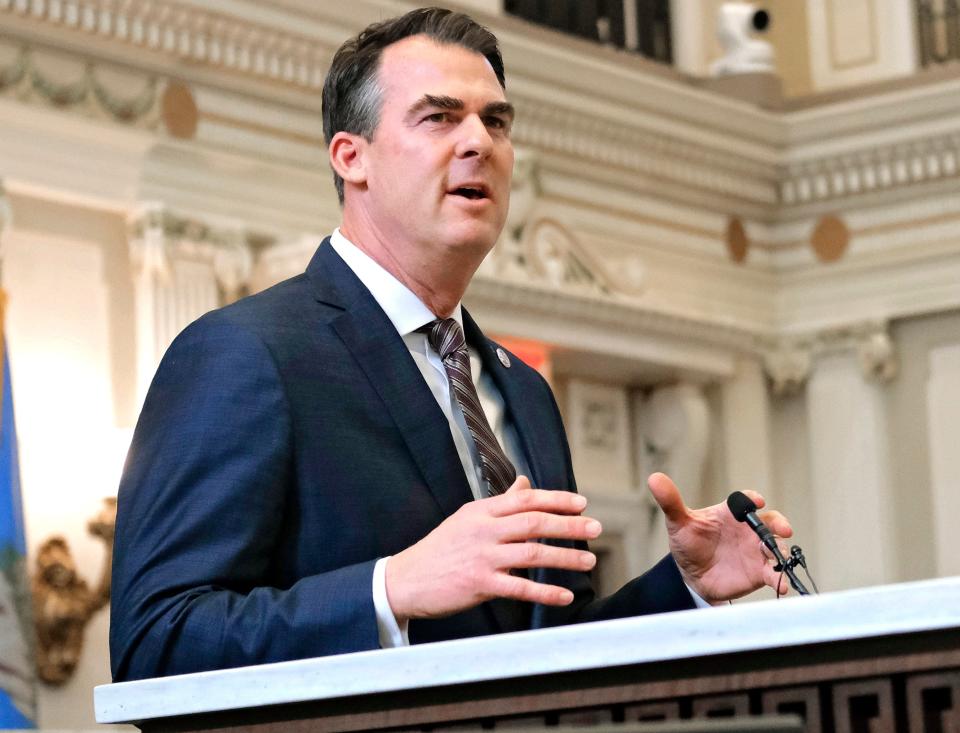
The governor has pushed for a .25% reduction in the state's personal income tax since last fall. He's called the Legislature into a special session three times to address tax cuts and, while the House of Representatives has been receptive, the Senate has been cooler to the idea.
After Stitt called lawmakers into their third special session in January, Senate President Pro Tempore Greg Treat said he wanted to see the mid-February report from the Oklahoma State Board of Equalization before making a decision on tax cuts. Treat has repeated that, saying the Senate would "hold its fire" until they had the board's numbers, but added that the Senate supported continued investments in education.
"Chairman (Adam) Pugh (R-Edmond) has talked a lot about deferred maintenance around the state and using some one-time money to fix that," Treat said. "We will balance (infrastructure) needs through the session. We do have money in one-time cash, carryover from 2022 and 2021. We'll look at those as they come up."
Even with additional revenue, the state's infrastructure has, over the past decade, continued to deteriorate. Records show Oklahoma colleges and universities have struggled to maintain aging buildings across the state system’s 25 institutions.
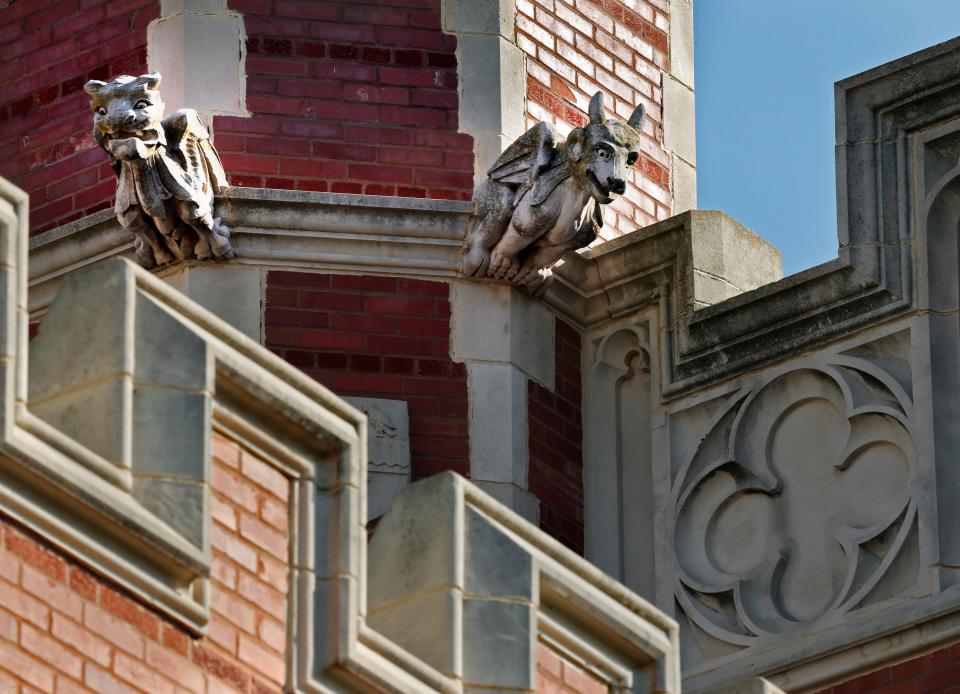
NEO is a junior college with 25 buildings, 15 of which were built between 1952 and 1968.“When you have the majority of your buildings built that many years ago, you have a lot of deferred maintenance needs,” said Stafford, the college's president. “You’re talking classrooms and you’re also talking campus housing that are the major needs.”
The small campus, with 1,800 students, has “easily north of $40 million” in deferred maintenance needs, Stafford said, but lacks the resources to address many of those issues.
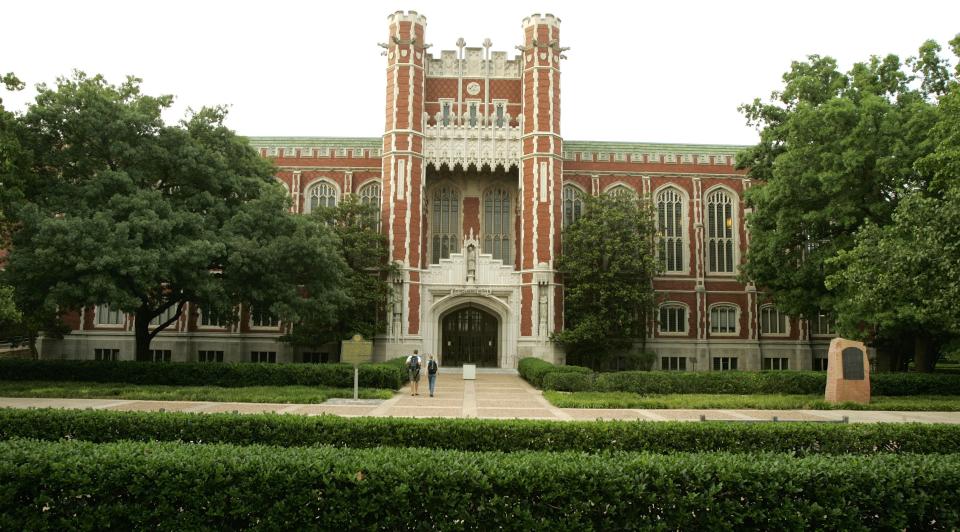
The story is similar at other institutions. Until just a few years ago, OU didn’t have a dedicated line item in its budget for deferred maintenance.
“That budget, there had been a ‘zero’ number for deferred maintenance,” OU President Joseph Harroz said. “It was just kind of address crises as they happen.”With a push from OU regent Anita Holloway, the university developed a strategic plan four years ago under which $5 million would be added to the budget each year for deferred maintenance.
“We had one year where we had to hold back $2 million from that plan; otherwise, we’ve stuck to it,” Harroz said. “So we’re at $17 (million) heading to $22 million heading toward that $25 million annual goal.”
That budget will allow OU to spend $11 million on long-term deferred maintenance issues in historic Bizzell Library on its Norman campus, among other projects. The university said in a statement it has identified $500 million of deferred maintenance that would “sustain the long-term vitality of our campus over the next 20 years.”
In Stillwater, Oklahoma State University has about $450 million in deferred maintenance needs “related to educational and general components at its Stillwater campus.”
The Oklahoma State Regents for Higher Education recently told lawmakers the state system has deferred maintenance needs of nearly $1.5 billion, noting “our public college and university campuses are among the state’s largest real estate assets.” State regents have asked the Legislature for $200 million this year to begin addressing those needs.
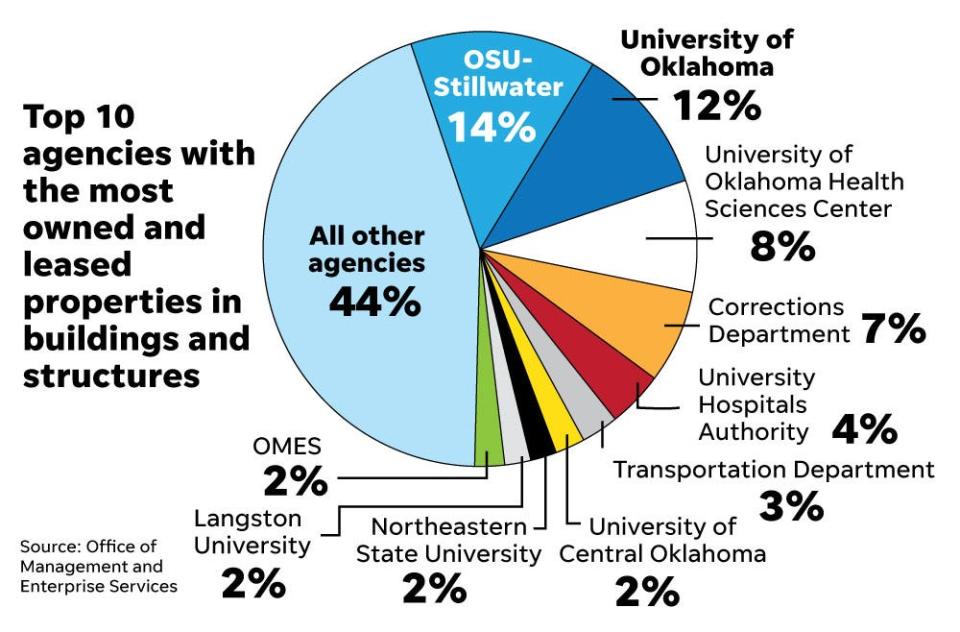
'Economic sugar high is coming to an end'
While lawmakers are quick to acknowledge the state's deferred maintenance and infrastructure needs, those needs have often taken a back seat in the face of the more politically popular desire for tax cuts.
As the back-and-forth between the governor's office and lawmakers continues, Stitt has doubled down, repeating his call for tax cuts in his state of the state speech. Lawmakers will have until 5 p.m. May 31 to address the issues.
"Last year, I called on the Legislature to cut the personal income tax from 4.75% to 3.99%. I’ve called three special sessions to try and give Oklahomans a pay raise," Stitt said. "Instead, our recurring expenses grew last year by over $1.14 billion dollars. And that doesn’t include one-time expenses or ARPA funding. With record savings and surpluses, I’m asking, 'if not now, when?'”
Shiloh Kantz, director of the Oklahoma Policy Institute, a non-partisan think tank, believes state officials will regret cutting taxes when the benefit of federal American Rescue Plan Act (ARPA) pandemic relief funding comes to an end.
More: Lawmakers weighing the lure of tax cuts vs. the need for supporting crucial state services
“ARPA helped us float through the worst of the pandemic years, but also gave lawmakers an artificial sense of security with state revenues,” Kantz said. “The economic sugar high is coming to an end, and we really do need to think about what our future looks like moving forward.”
Kantz said the state needs to start long-range planning and budgeting a reserve of 15% of prior-year spending. Current economic reserves might carry the state through an economic downturn, Kantz said, but they won’t make it any easier to address capital needs.
“We're no stranger to hard times,” Katz said. “We've lived through the Dust Bowl, as well as the boom-and-bust cycle of the petroleum industry. The decade prior to the pandemic was the worst for our state and our fellow Oklahomans. We don’t want to go back to those days and we don’t have to.”
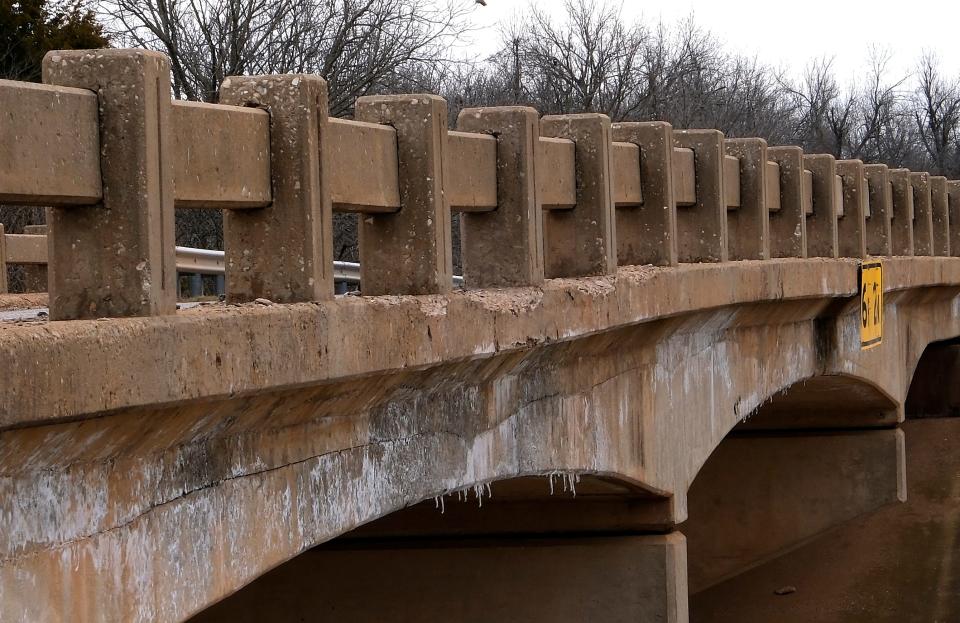
Roads and bridges remain dangerous without more funding
A big chunk of the infrastructure backlog consists of roads and bridges, many of which are located in rural areas and small towns across Oklahoma.
At a legislative study session last fall, Transportation Secretary Tim Gatz reported his agency would need to spend $20 billion to address repair and safety issues on its 12,300 miles of state roads.
“The challenge we have is we have 1,100 at-risk bridges we will need to invest in and take care of,” Gatz said. “It's $12 billion of the $20 billion backlog.”
The state also faces a backlog of two-lane highways that do not have shoulder lanes on either side. The Department of Transportation’s eight-year plan includes 3,800 miles of roadway improvements, including more than 1,100 miles of safety improvements on two-lane highways with deficient or no shoulders.
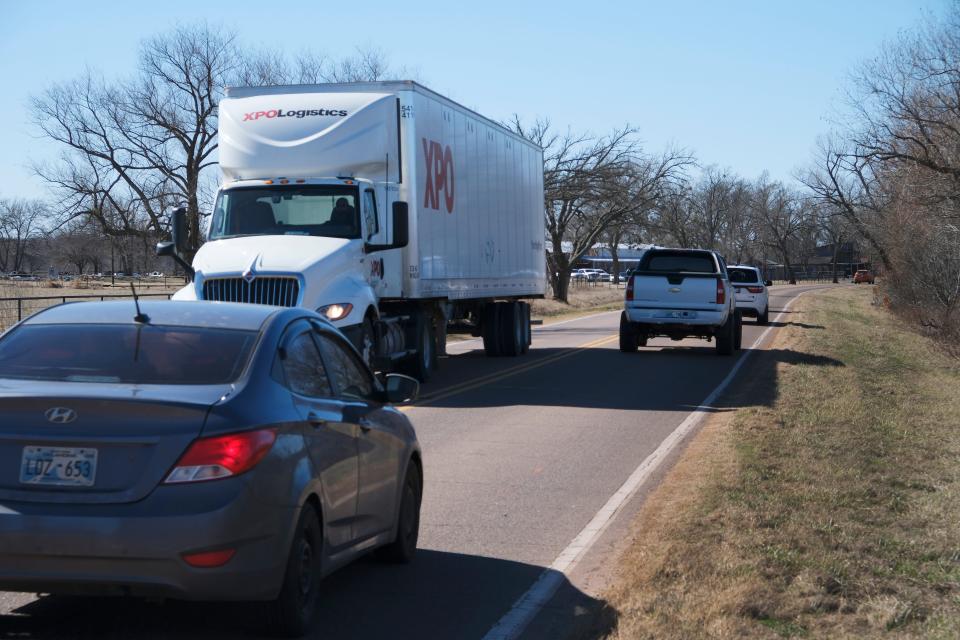
That leaves 3,900 miles of highways with deficient or no shoulders unfunded and still posing a serious risk for drivers who have no place to pull over in case of breakdowns or other emergencies.
“The highest rate of injury and fatality accidents occur on roads without shoulders,” Gatz said.
Agency study: 'We will reduce the number of parks'
Along with higher education and transportation, Oklahoma's tourism and recreation system is facing big increases in upkeep costs.
Records show the state’s parks system, over the last decade, shed 13 properties, citing a lack of attendance and revenue generation. A study done by the state tourism and recreation department and published in 2020, found “(park) degradation has occurred over decades and will most likely require at least a decade of proper funding and maintenance to overcome.”
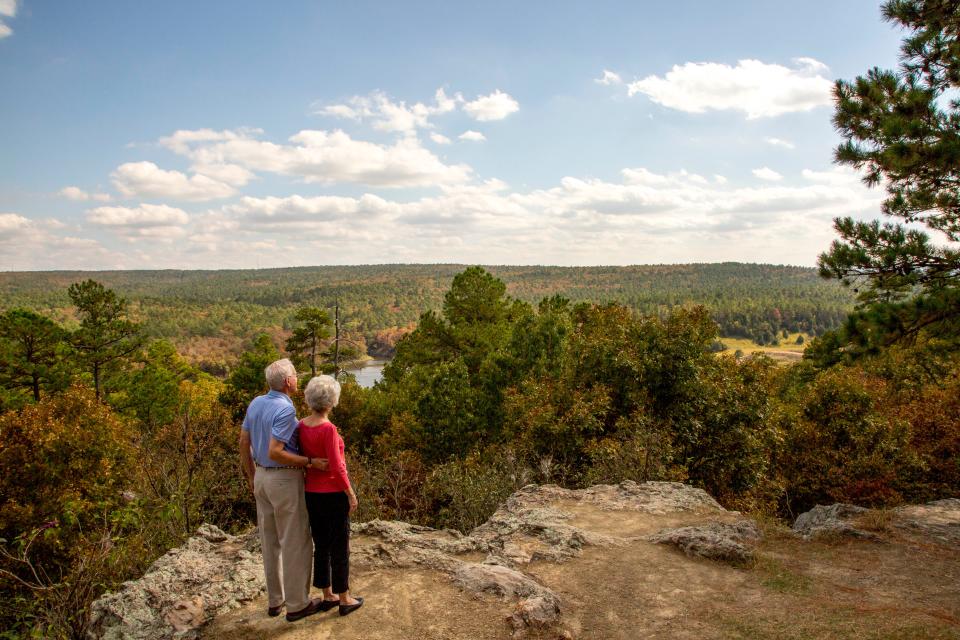
"Oklahoma must face the reality that the infrastructure in and improvements to these parks has seriously degraded over the last few decades," the report from the State Tourism and Recreation Department said.
The tourism department's report concluded the diminished state of Oklahoma's state parks generally results from a lack of proper maintenance.
Tourism officials said the state would "have to shrink the number of assets to increase the funding per asset, which means we cannot afford to grow." Additionally, the tourism department's report said the agency "faced with the choice of having the entire system suffer from too little funding or reducing the number of parks, we will reduce the number of parks."
Lawmakers in 2020 authorized a $48.6 million bond issue for park capital improvements. But that amount did not address the full backlog. Without a “significant” increase in funding, the tourism department warned, some parks “will have to be abandoned with no replacement.”
The state's $1 billion in tourism assets require an annual reinvestment of about $40 million in maintenance and repair costs. In addition, the state's park system manages five dams for flood control and recreational lakes. The estimated replacement costs for those dams is more than $12 million.
Allbaugh: State's prison facilities are 'pitiful'
A few years back, then-Department of Corrections Chief Joe M. Allbaugh pushed for construction of new prisons when he oversaw the state corrections system from 2016 to 2019. Allbaugh visited each of the state’s prisons multiple times, often without advance warning. Then, and now, they were deemed to be dangerous and challenging to staff.
“They are all pitiful facilities,” Allbaugh said in a recent interview. "Just think about the maintenance on these old facilities that we have right now. A significant amount of the DOC budget is spent just on plugging holes, patching the roof and keeping them in a condition they can still be run."
More: Lawmaker calls for 'independent investigation' of Oklahoma Department of Corrections
The state’s prison system remains close to capacity despite reforms on sentencing in recent years. The only two actually built by Oklahoma for use as prisons, Granite and the Oklahoma State Penitentiary, date from shortly after statehood. Multiple lock-downs have taken place in recent years due to stabbings, rapes and homicides.
Large portions of prison space were closed as conditions worsened, including the original cells built at the Oklahoma State Penitentiary and all of the James Lilly and William S. Key Correctional Centers. Sixteen of the state's 22 facilities are 95% or more filled. Prisons officials report Dick Conner Correctional Center in Hominy, which Allbaugh described as one of the worst in the state, is 100% occupied.
Oklahoma's prison population continues to increase. The Bureau of Prisons reported that as of Dec. 31, 2022, Oklahoma incarcerated 22,745 people, a 2.3% increase from December 2021. Oklahoma had the country's fourth-highest incarceration rate in 2022, trailing only behind Mississippi, Louisiana and Arkansas.
A bond issue passed by lawmakers in 2019 provided $116.5 million to address current repair needs. Another $800 million is needed, and that figure does not include Allbaugh’s call for new, efficient prison space, which he says is urgently needed at a time when prison and jail staffing nationwide is at a crisis point.
“I tried to talk a couple of governors into building a couple of facilities, more centralized,” Allbaugh said. “A lot of these facilities are scattered across the state. And it’s very hard to fill the demand on the correctional officers’ side. I understand why it was done that way, the political considerations.”
Other states have constructed new facilities which allow for better supervision and offer health and mental health services. In Indiana, the state's new prison will include separate mental health housing, space for counseling, education and job training ― all functions Allbaugh said are needed in Oklahoma but that are currently lacking due to aging infrastructure and space constraints.

“We should be preparing inmates to return to society with a trade, education, and the ability to read and write,” Allbaugh said. “People get released and they’re frustrated. They can’t find a job, and then they go back to their old life.”
During his tenure as Corrections Department chief, Allbaugh asked lawmakers to provide $813 million for building new prison space. That figure is likely to be much higher six years later due to inflation. Indiana is spending $1.2 billion for its new prison that will result in increased capacity with less staffing.
“Sooner or later, you’re going to have to build new facilities,” Allbaugh said. “Later it will cost you a lot more money.”
Editor's note: This story has been updated to reflect the source of information related to Oklahoma's state parks. The report on park degradation was produced by the Oklahoma State Tourism and Recreation Department.
This article originally appeared on Oklahoman: Oklahoma eyes tax cuts while roads, colleges, others in disrepair

